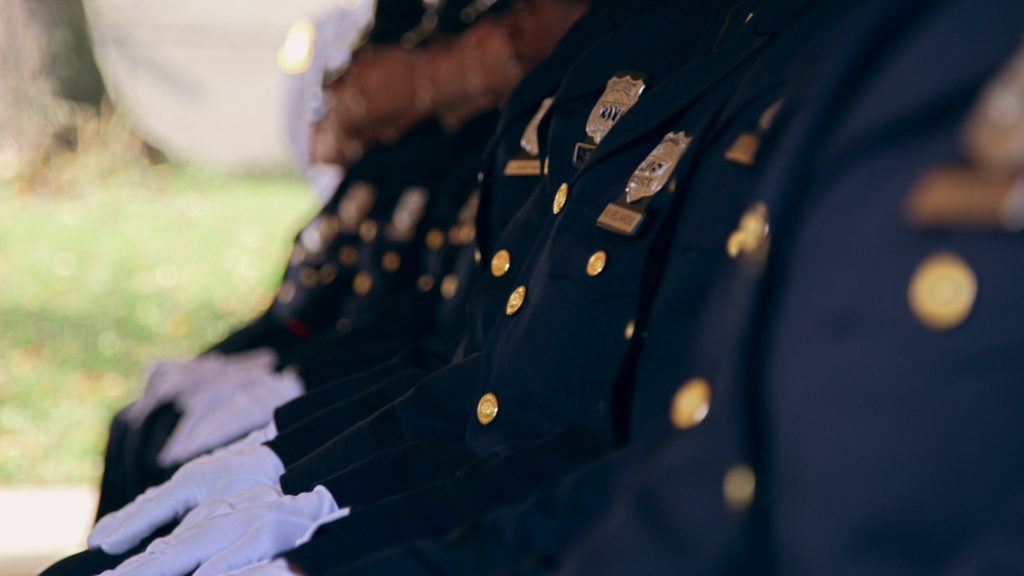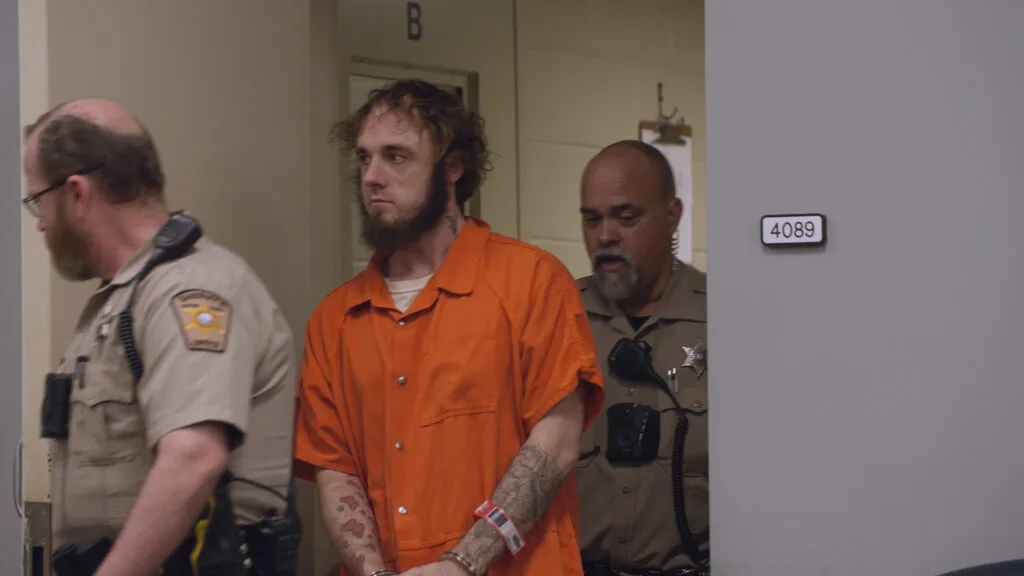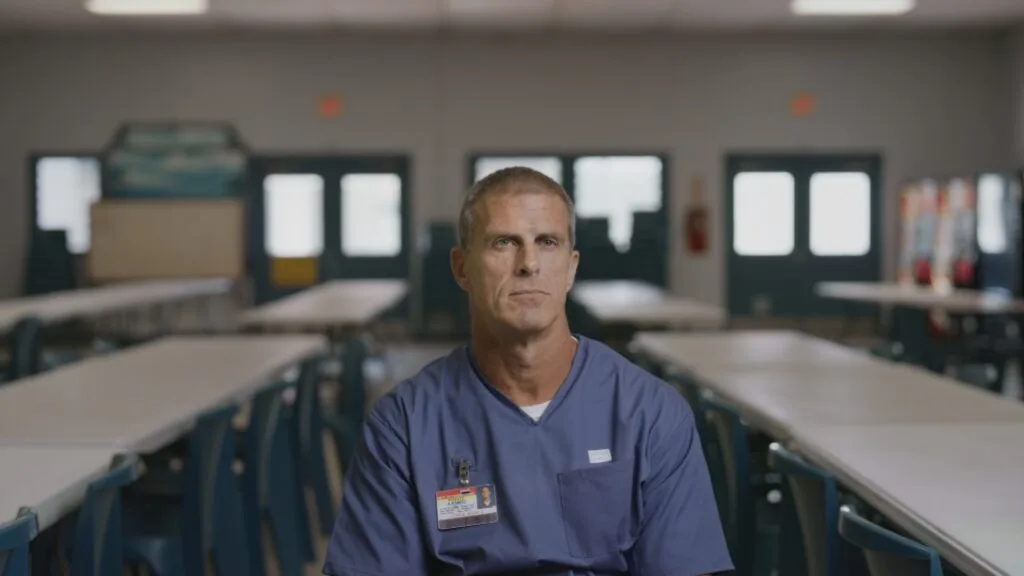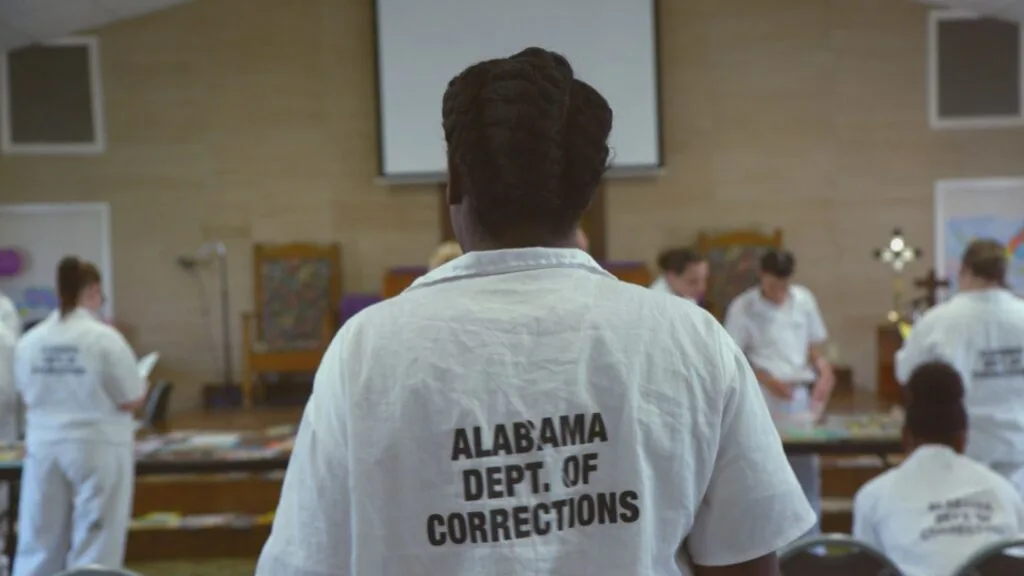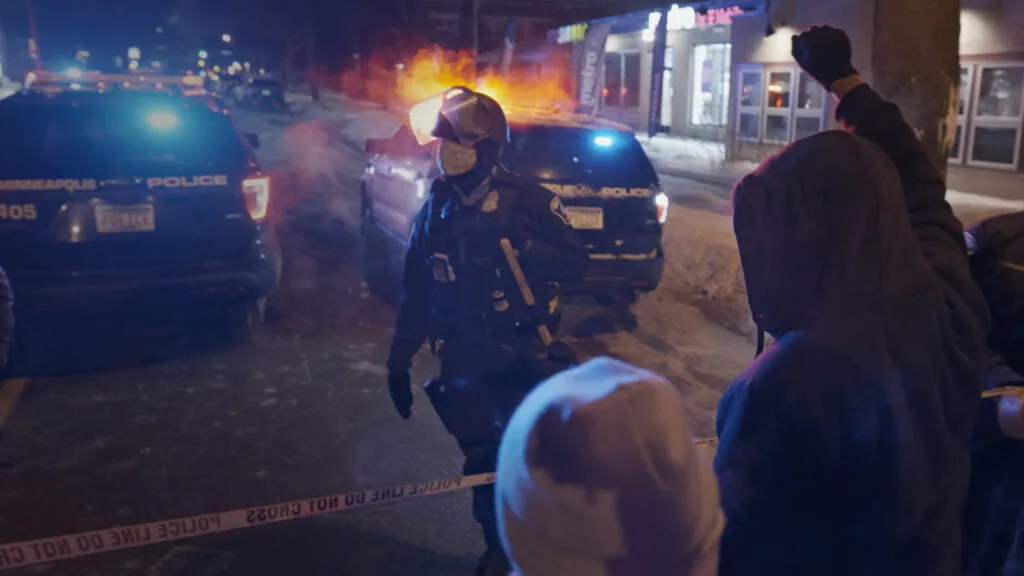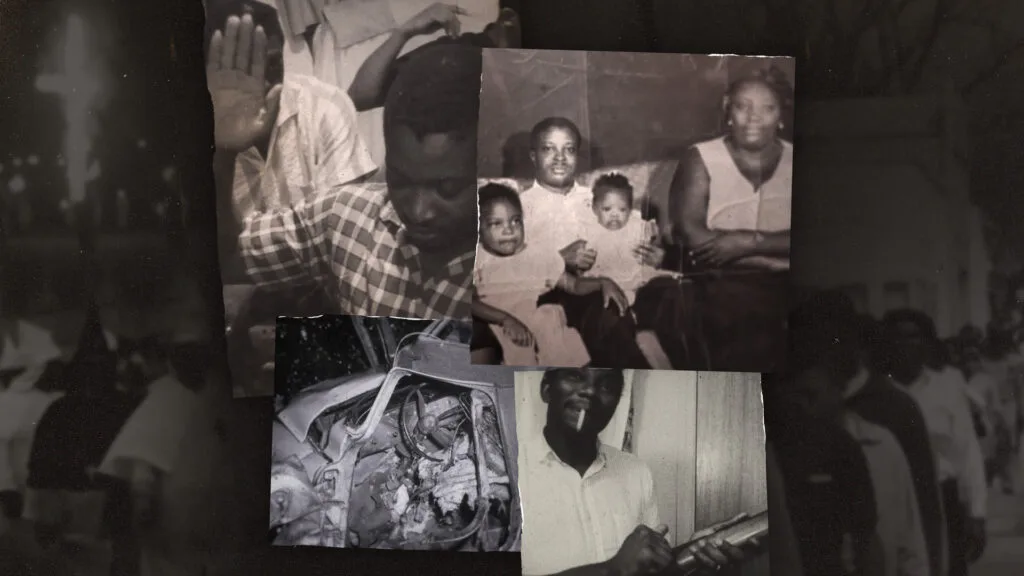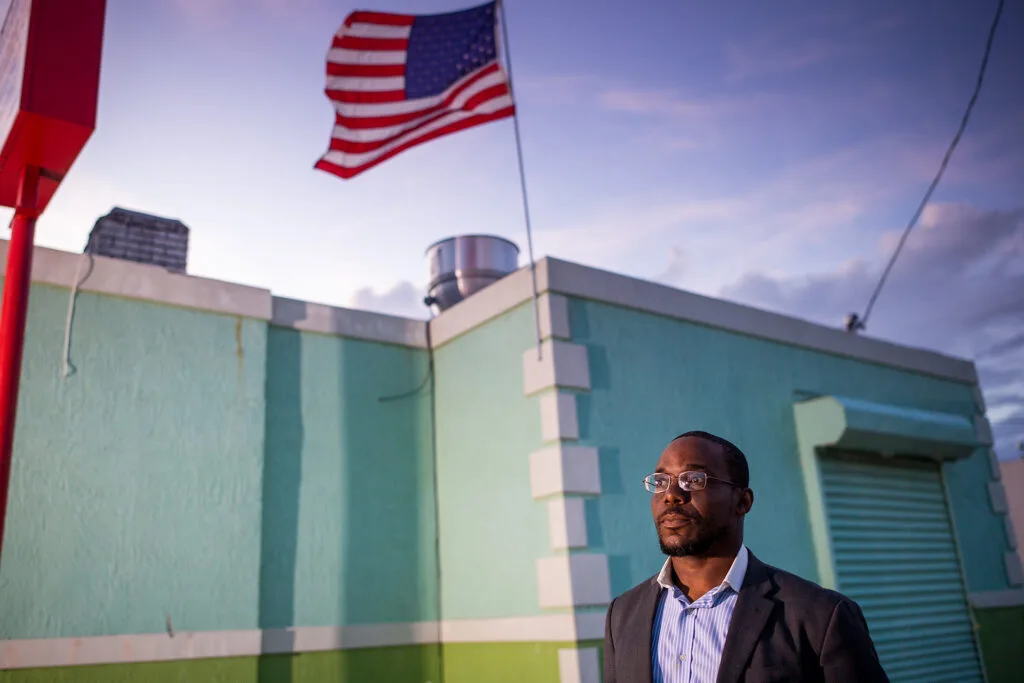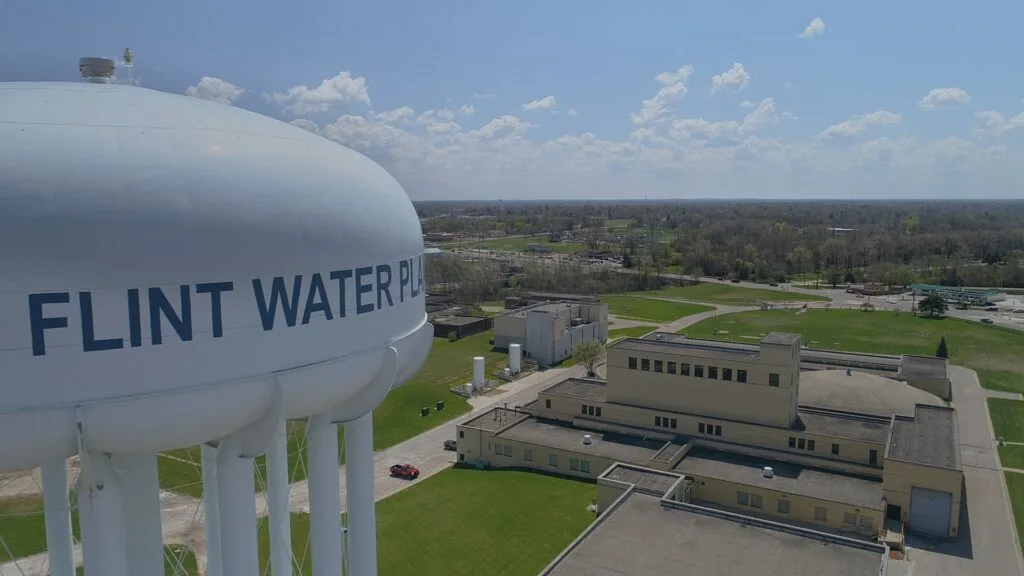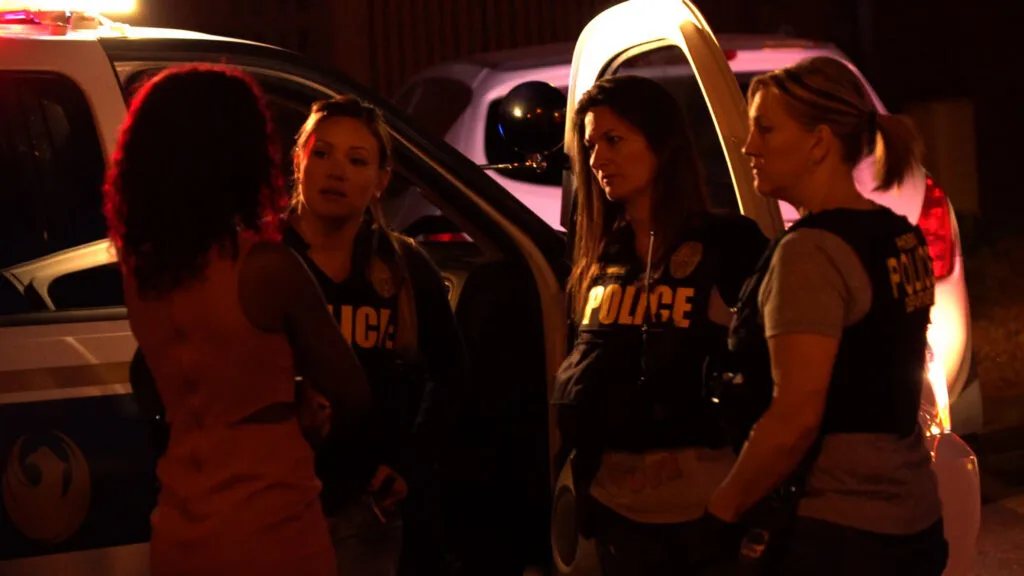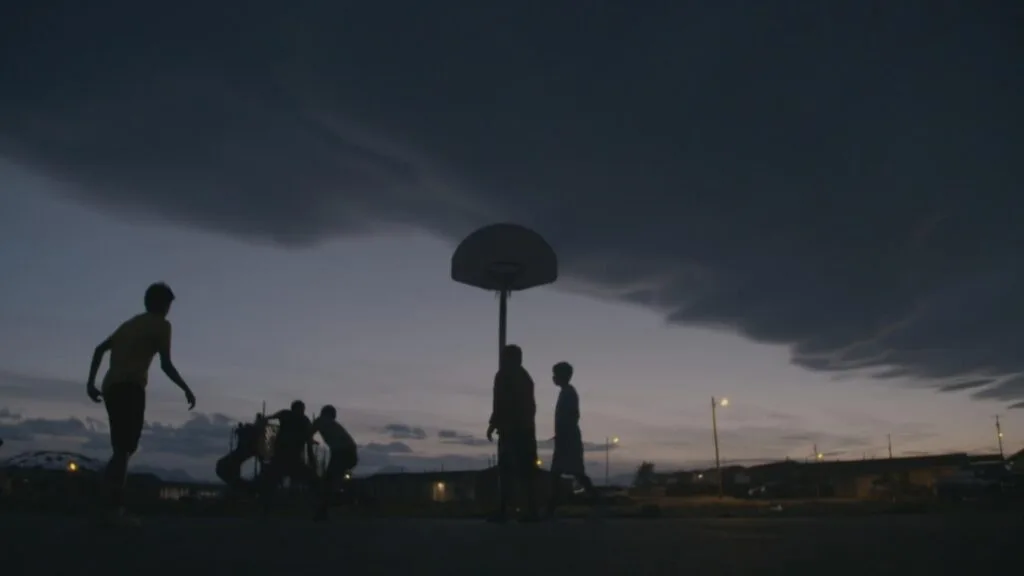Quiz: Spot the Illegal Police Stop

June 28, 2016
Share
When police departments get into trouble, it’s often due to how they’re stopping people on the street. Since 1994, the Department of Justice has opened 68 investigations of law enforcement agencies for civil rights violations, and in 29 of those cases, police were under fire for allegations of unlawful stops, searches or seizures. Even when the Justice Department isn’t involved, unlawful stops can still get police in trouble — as was the case with New York’s stop-and-frisk policy in 2013.
The stakes in an investigatory police stop can be high — what an officer discovers during a stop, and how, helps determine whether someone is allowed to carry on with their day or whether they’ll be sent to jail. If they’re arrested, the way the stop is conducted may also determine what evidence can be used at trial.
The Fourth Amendment is meant to protect against unreasonable searches and seizures, but when it comes to police stops, the law can be “very permissive,” according to John Rappaport, an assistant professor of law at the University of Chicago and a former clerk for Supreme Court Justice Ruth Bader Ginsberg. “Language that the court uses in 1966 to describe a frisk makes it sounds like they really understood that this is a gross invasion of privacy, when an officer frisks someone, this is a serious thing.” Now, he says, such stops happen “thousands of times a day.”
So what exactly are the limits of the law? That’s a question the Supreme Court has been forced to address time and time again over the years. The cases below are only a snapshot of the legal history around police stops, but they offer a sense of how the court has thought about this issue. See if you can spot when police crossed the line. Good luck.
[pym src=”https://cms.prod.frol.us/wgbh/frontline/interactive/police-stops/index.html”]
Editor’s note: An earlier version of this story included a quote from John Rappaport of the University of Chicago saying that officer frisks occur “tens of thousands of times a day.” After publication, Rappaport contacted FRONTLINE to clarify that the number of frisks is more likely in the thousands.


Email:
dan_nolan@wgbh.orgRelated Documentaries
Latest Documentaries
Related Stories
Related Stories
Policies
Teacher Center
Funding for FRONTLINE is provided through the support of PBS viewers and by the Corporation for Public Broadcasting. Additional funding is provided by the Abrams Foundation; Park Foundation; the John D. and Catherine T. MacArthur Foundation; and the FRONTLINE Journalism Fund with major support from Jon and Jo Ann Hagler on behalf of the Jon L. Hagler Foundation, and additional support from Koo and Patricia Yuen. FRONTLINE is a registered trademark of WGBH Educational Foundation. Web Site Copyright ©1995-2025 WGBH Educational Foundation. PBS is a 501(c)(3) not-for-profit organization.
